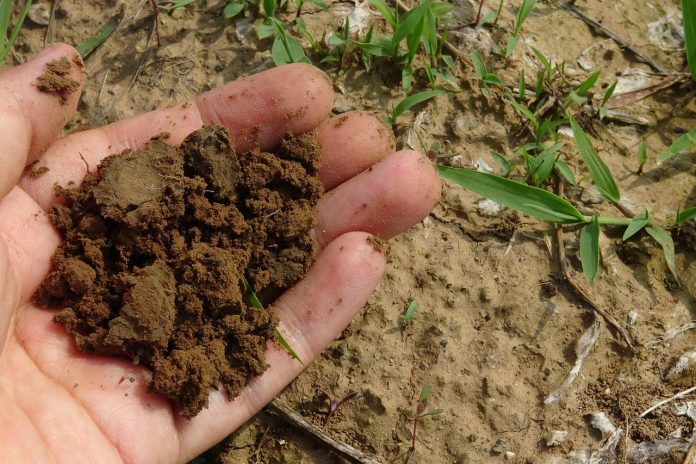SALEM, Ohio — The U.S. Environmental Protection Agency notes that food scraps and yard waste account for between 20 and 30 percent of what we throw away. But thanks to composting, such waste can be put to work rather than discarded.
Compost is organic material that helps plants grow when added to the soil. Benefitting the planet in many ways, compost enriches the soil by helping it retain moisture.
The EPA notes that composting also reduces the need for chemical fertilizers while also suppressing plant diseases and pests. In addition, when homeowners compost, they inadvertently reduce methane emissions from landfills, thereby lowering their carbon footprints.
Steps to follow
Homeowners who do not know how to compost can consider the following tips as they start compost piles on their properties.
Choose an accessible spot on your property. When looking for a spot on your property for your compost bin, choose a location that’s easily accessible. The less accessible the bin is, the less likely you are to stick with composting over the long-term. The EPA also recommends placing a compost bin or pile in a dry, shady spot near a water source.
Add the appropriate materials. Animal waste, cooked foods, diseased plants, and fresh weeds from perennial plants should not be added to a compost pile. The EPA recommends moistening dry materials as they’re added and adding brown and green materials as they are collected. Examples of green waste include grass clippings, weeds from annual plants and plant trimmings. Brown materials including dead leaves and shredded cardboard. Chop or shred large pieces before adding them to the pile.
Give the pile structure. Layering materials can give compost piles better structure. The EPA suggests burying fruit and vegetable waste under 10 inches of compost material, including brown and green waste.
Turn and aerate the pile. Using a garden fork, periodically turn the compost pile. This aerates the heap and provides oxygen that can accelerate the decomposition of the pile. Piles that are not periodically turned and aerated may grow malodorous, which can be unpleasant for homeowners who hope to add materials to their piles on a regular basis. In addition, without the heat produced by aeration, composting piles will break down very slowly.
Recognize when the material is ready. The EPA notes that compost is ready to use when materials at the bottom of a pile are dark and rich in color. According to the EPA, this can take anywhere from two months to two years, so composters must be patient. More information about composting can be found at www.epa.gov.










